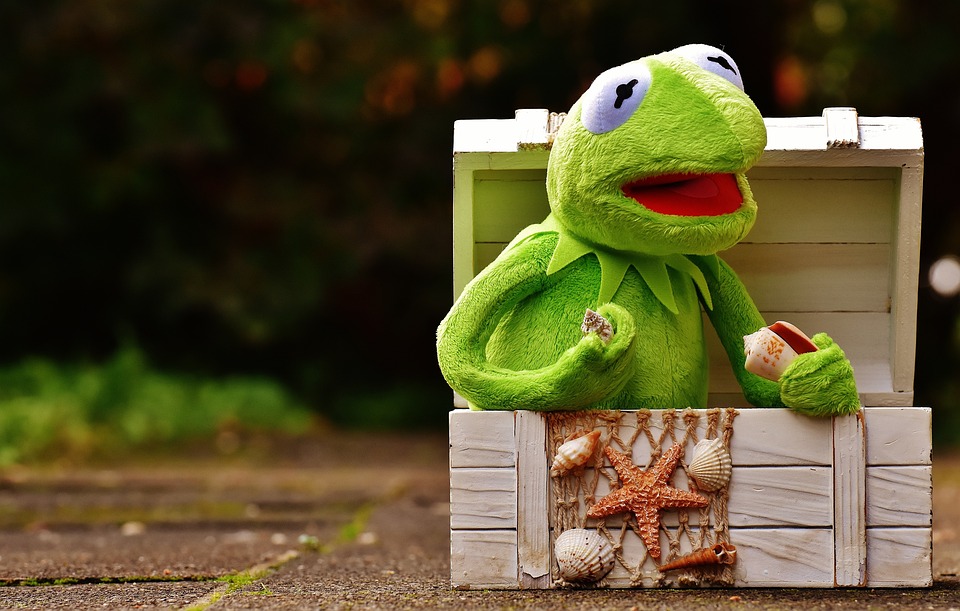Encouraging Natural Breeding Behavior in Fish: A Comprehensive Guide
Helping Your Fish Thrive and Multiply
Introduction:
Understanding the Importance of Natural Breeding Behavior in Fish
How to Encourage and Promote Successful Breeding
Creating the Ideal Fish Habitat for Breeding
1. Providing the Right Tank Size and Structure:
Space Requirements for Breeding Fish
The Importance of Hiding Spots
Utilizing Tank Dividers
2. Maintaining Optimal Water Conditions:
Temperature and pH Levels for Breeding
Water Quality and Filtration
Proper Aeration and Oxygenation
3. Lighting and Photoperiod:
The Role of Light in Fish Breeding
Recommended Lighting Conditions
Understanding Photoperiod and its Influence
4. Simulating Natural Environment and Seasonal Changes:
Mimicking Seasons for Breeding Fish
Introducing Plants and Decorations
Adjusting Daylight Hours
Feeding and Nutrition Strategies for Breeding Fish
1. Providing a Balanced Diet:
Understanding Nutritional Requirements
Incorporating Live and Frozen Foods
Supplementary Vitamins and Minerals
2. Enhancing Diet with Breeding Stimulants:
The Use of Hormones and Pheromones
Natural Breeding Stimulants
Administering Breeding Enhancing Foods
3. Feeding Strategies:
Frequency and Timing of Feedings
Monitoring Feeding Behavior and Appetite
Avoiding Overfeeding
Understanding Fish Behavior and Reproduction Cycles
1. Identifying Mating Behavior:
Recognizing Courting and Aggressive Displays
Nest Building and Egg Laying Activities
Male and Female Roles in Breeding
2. Seasonal Breeding Patterns:
Understanding Spawning Seasons
Different Breeding Strategies (annual, semi-annual, etc.)
Adjusting Tank Conditions Based on Species
3. Spawning Techniques:
Natural Spawning in Open Water
Inducing Spawning through Triggers
Collecting and Caring for Eggs and Fry
Frequently Asked Questions (FAQs)
1. Can all fish breed naturally, or do some require specific conditions?
2. How long does it take for fish to reach breeding age?
3. Should I separate the breeding pair from other tank mates?
4. How can I tell if a male and female fish are compatible for breeding?
5. Should I remove the parents after they lay eggs?
6. Are there any risks or complications associated with breeding fish?
7. Can I artificially inseminate fish to ensure successful breeding?
8. How long does the incubation period last for fish eggs?
9. How can I prevent the parents from eating their own eggs or fry?
10. What should I feed the fry once they hatch?
Conclusion:
The Joy of Witnessing Natural Breeding Behavior
The Rewards of Successful Fish Breeding
Continuous Learning and Adaptation for Breeding Success









